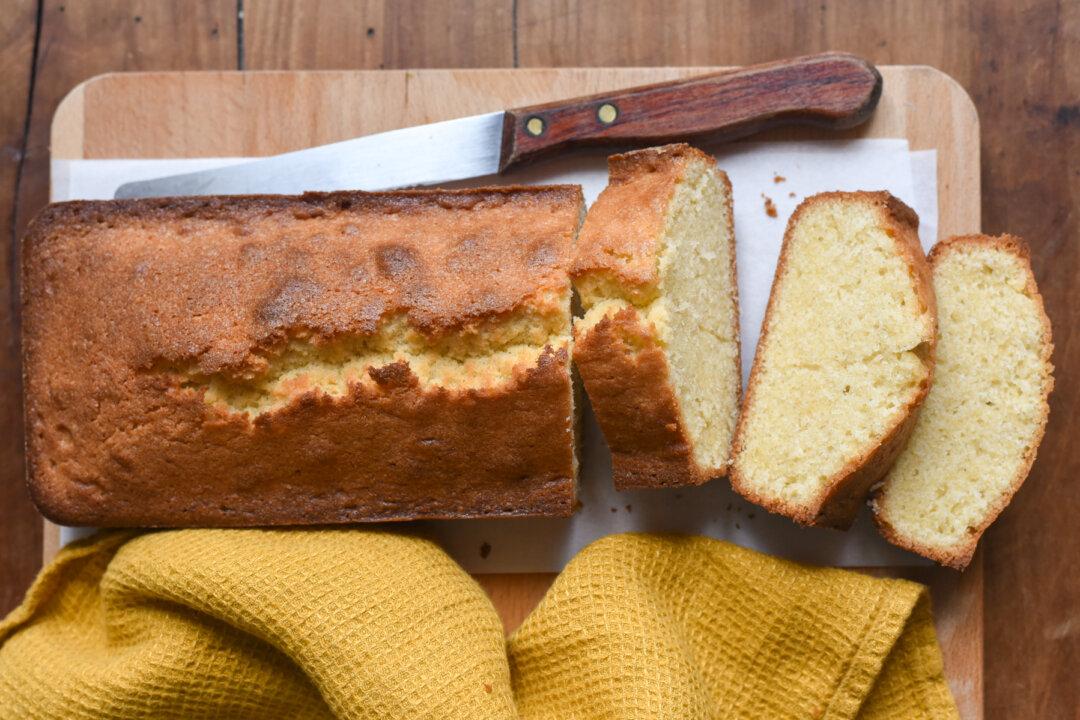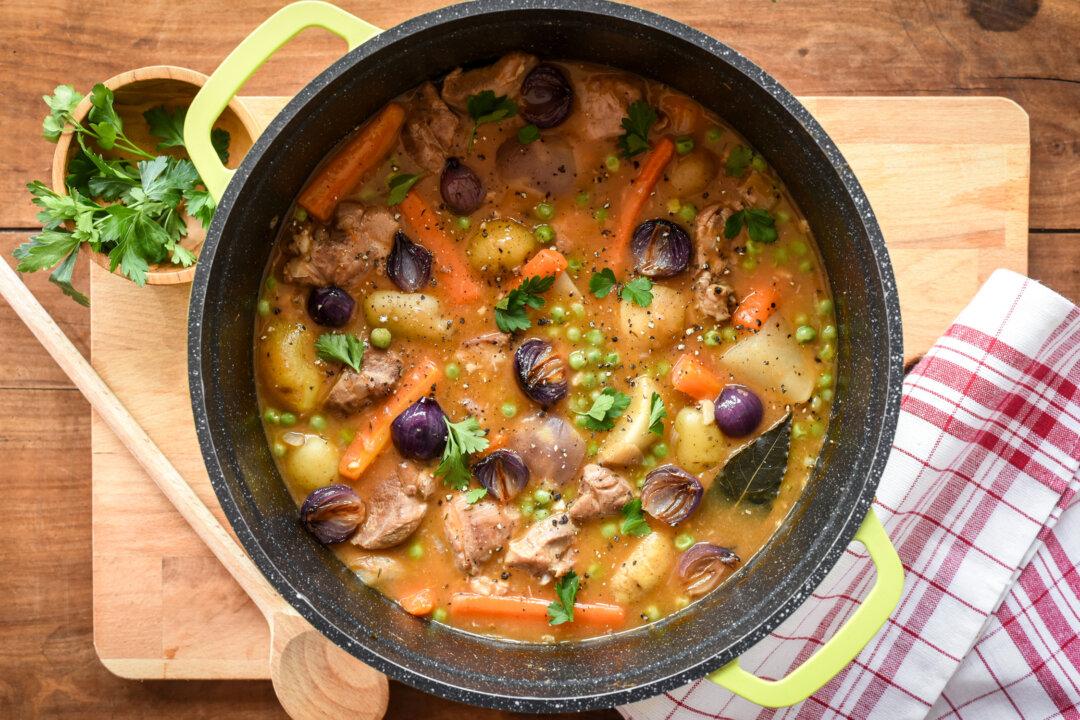Every bit as delicious as a pie, but requiring half the work, a galette is the perfect summer bake.
This rustic fruit tart doesn’t require much time to assemble. There’s no meticulous trimming, blind-baking, or lattice-making—nor even a pie dish involved. It’s laid-back, forgiving, and endlessly riffable, using whatever fruits you like or have on hand. Are you convinced yet?





